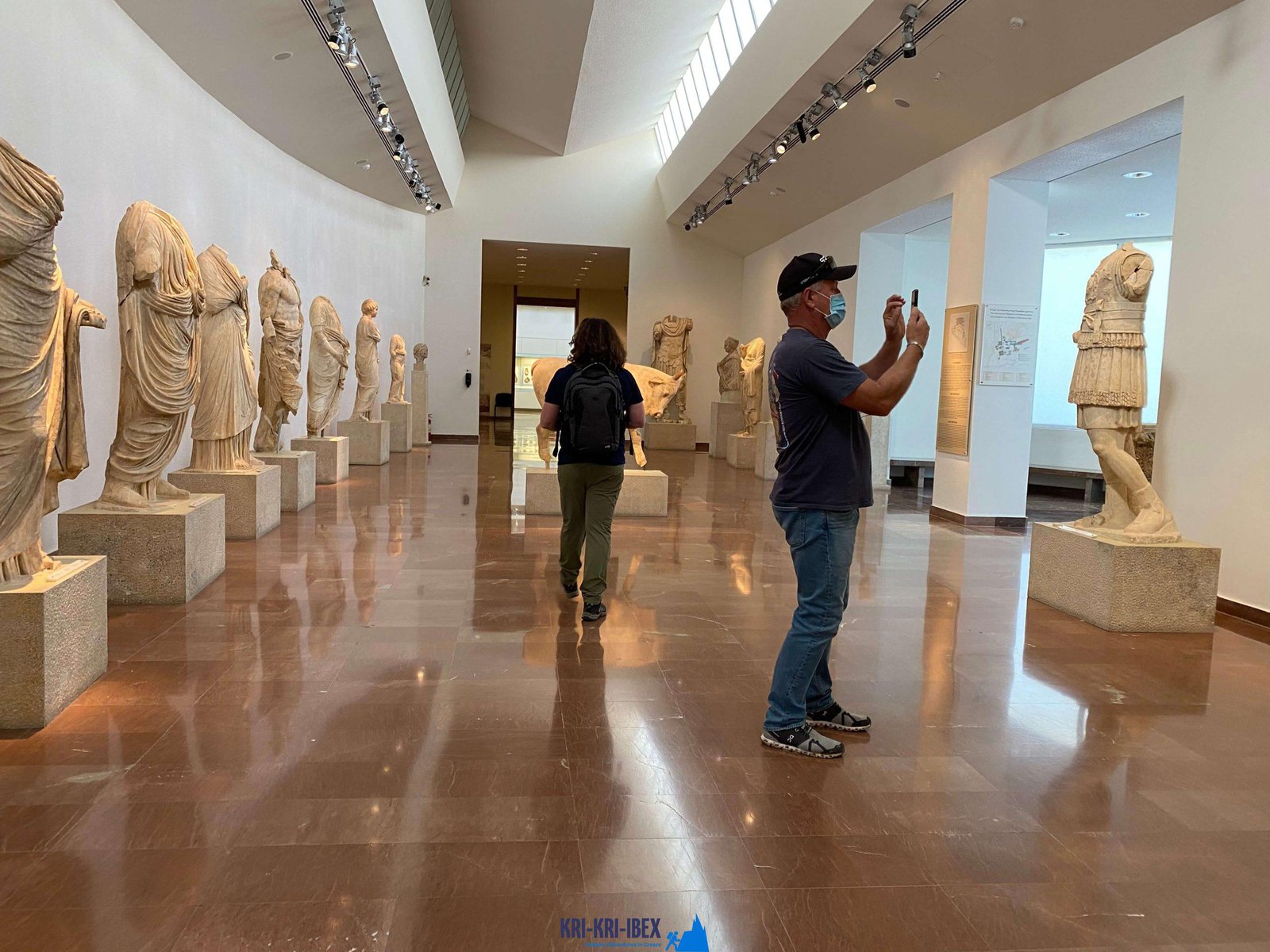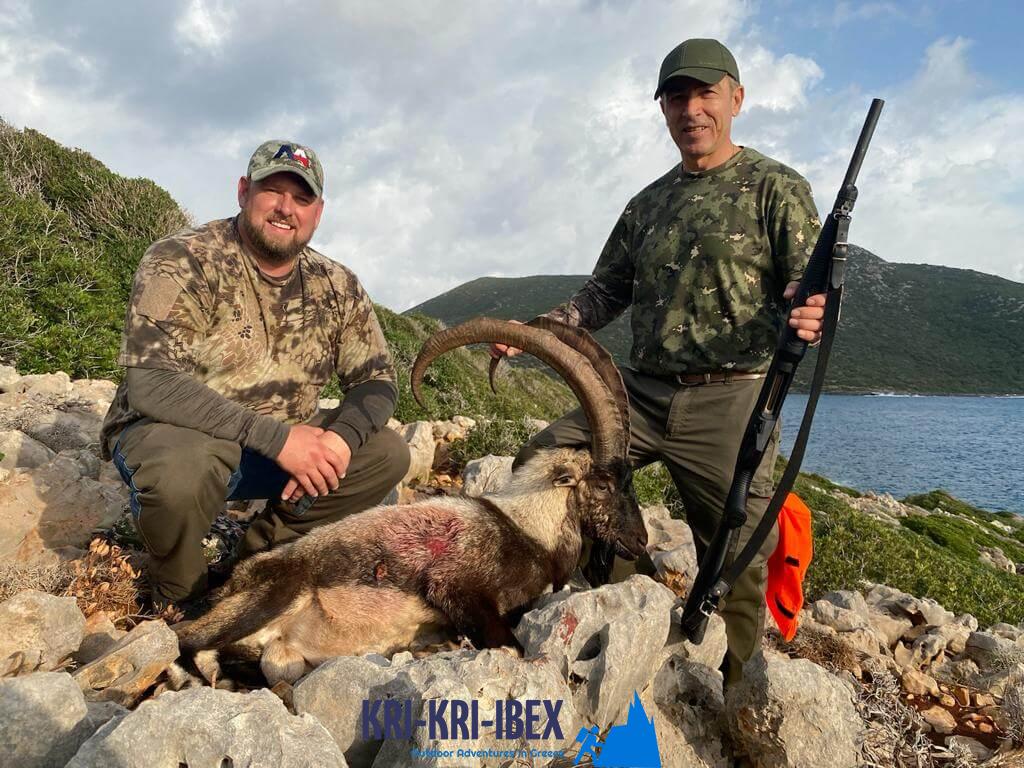
Searching for Kri Kri ibex in Greece is a remarkable vacation experience. It is not constantly a tough search or an unpleasant experience for a lot of hunters. You can experience old Greece, shipwrecks, and also spearfishing during 5 days searching for lovely Kri Kri ibex on an exotic island. Exists anything else you would certainly like?

Hunting the kri kri ibex in Greece is an uphill struggle, particularly if you're a global hunter. You need to be a local seeker in order to search kri kri ibex, which can just be fired in specific very carefully guarded searching locations like specific islands. On 2 islands, 150 kilometers/ Atalanty/ and 300 kilometers/ Sapientza/ from Athens, we provide the opportunity to search this wonderful creature. It is only shot in special searching areas from early morning up until noon, in accordance with Greek legislation. Only shotguns may be utilized, as well as only slugs may be utilized. Slugs are the only ammunition allowed. To ensure that just severe hunters are allowed on these explorations, you must reserve a year ahead of time for your certificate. The licenses are provided by the Greek Ministry of Nature as well as Agriculture and also the federal government concerns a certain number yearly.
Our exterior searching, fishing, and totally free diving tours are the excellent way to see whatever that Peloponnese needs to offer. These excursions are designed for travelers who want to get off the beaten path and actually experience all that this incredible region needs to offer. You'll get to go hunting in a few of one of the most gorgeous wilderness areas in Greece, fish in crystal-clear waters for a selection of different varieties, as well as free dive in some of the most spectacular shoreline in the Mediterranean. And also most importantly, our knowledgeable overviews will be there with you every action of the means to make sure that you have a pleasurable as well as secure experience.
If you're searching for a genuine Greek experience, after that look no more than our outdoor searching in Greece with angling, and totally free diving scenic tours of Peloponnese. This is a memorable method to see every little thing that this remarkable region needs to supply. Book your tour today!
What is the diference between Kri Kri ibex, Bezoar ibex and hybrid ibex
The kri-kri is not thought to be indigenous to Crete, most likely having been imported to the island during the time of the Minoan civilization. Nevertheless, it is found nowhere else and is therefore endemic to Crete. It was common throughout the Aegean but the peaks of the 8,000 ft (2,400 m) White Mountains of Western Crete are their last strongholds–particularly a series of almost vertical 3,000 ft (900 m) cliffs called ‘the Untrodden’—at the head of the Samaria Gorge. This mountain range, which hosts another 14 endemic animal species, is protected as a UNESCO Biosphere Reserve. In total, their range extends to the White Mountains, the Samaria National Forest and the islets of Dia, Thodorou, and Agii Pandes.
This Ibex is NOT a diminutive form of the Bezoar Ibex, which has migrated into the western-most reach of the range of this species. The kri – kri (Capra aegagrus cretica), sometimes called the Cretan goat, Agrimi, or Cretan Ibex, is a feral goat inhabiting the Eastern Mediterranean, previously considered a subspecies of wild goat. The kri-kri has a light brownish coat with a darker band around its neck. It has two horns that sweep back from the head. In the wild they are shy and avoid tourists, resting during the day. The animal can leap some distance or climb seemingly sheer cliffs.
“The agrimi goat Capra aegagrus cretica is unique to Crete and its offshore islands. It has been identi®ed as a sub-species of the wild bezoar goat Capra aegagrus aegagrus Erxleben, 1777, which it closely resembles in horn shape, body form and coloration. This classi®cation has been disputed by some researchers who claim that the agrimi are feral goats, derived from early domestic stock brought to the island by the ®rst Neolithic settlers. In order to clarify this issue, DNA analyses (cytochrome b and D loop sequences) were carried out on tissue of live and skeletonized agrimi and compared to sequences of wild and domestic caprines. Results conclusively show the agrimi to be a feral animal, that clades with domestic goats (Capra hircus) rather than with wild Asiatic bezoar. This study demonstrates that morphometric criteria do not necessarily re¯ect genetic af®nities, and that the taxonomic classi®cation of agrimi should be revised.”